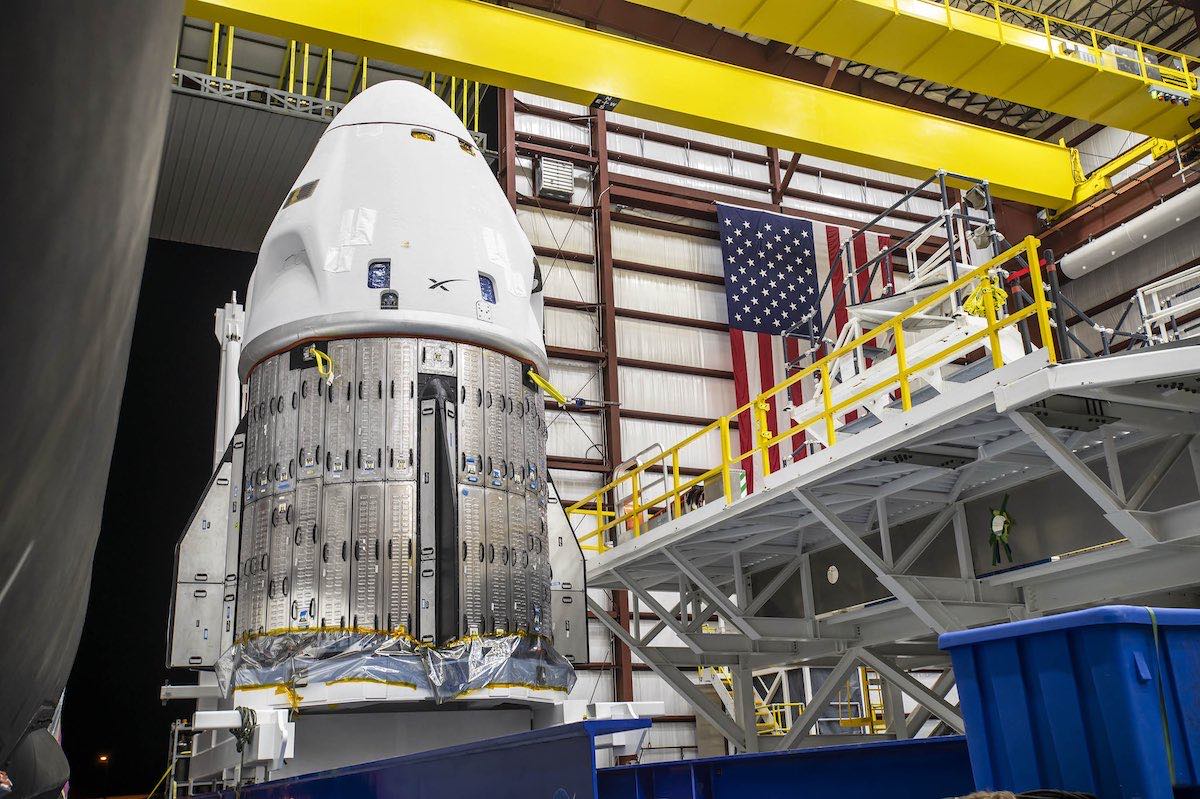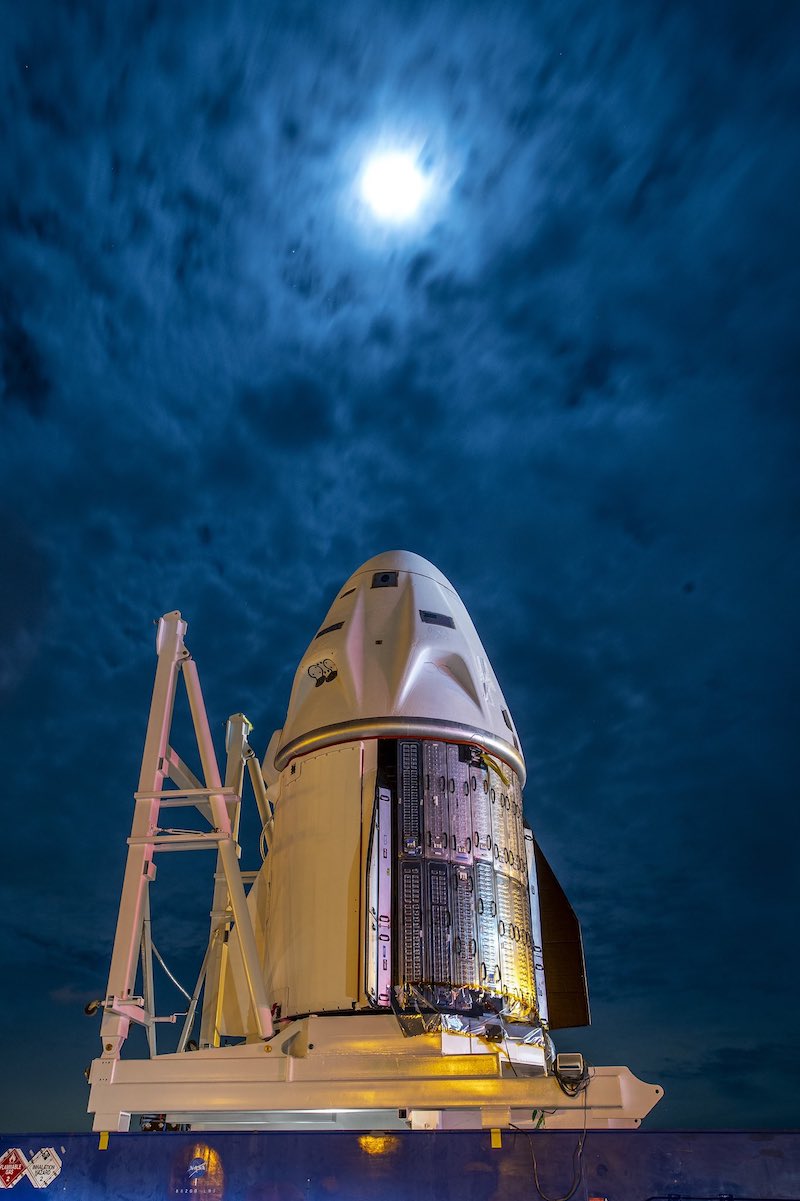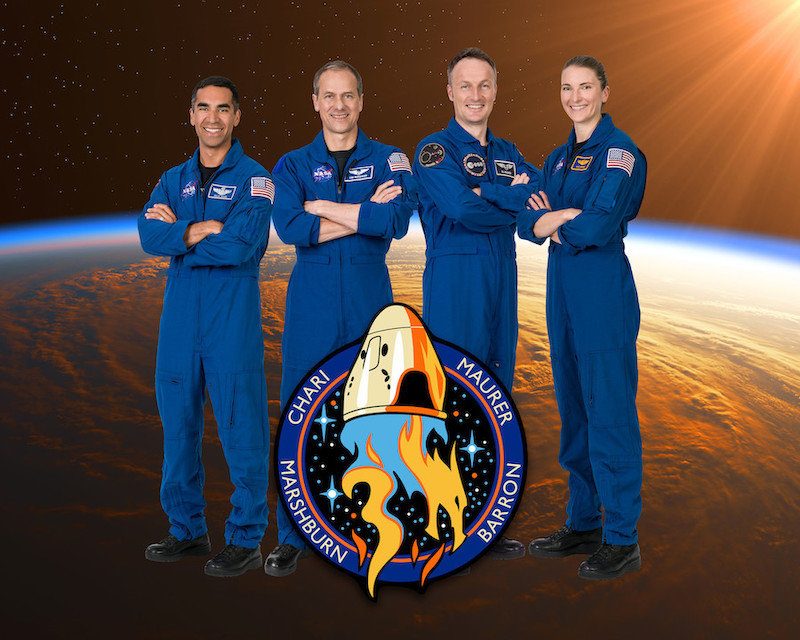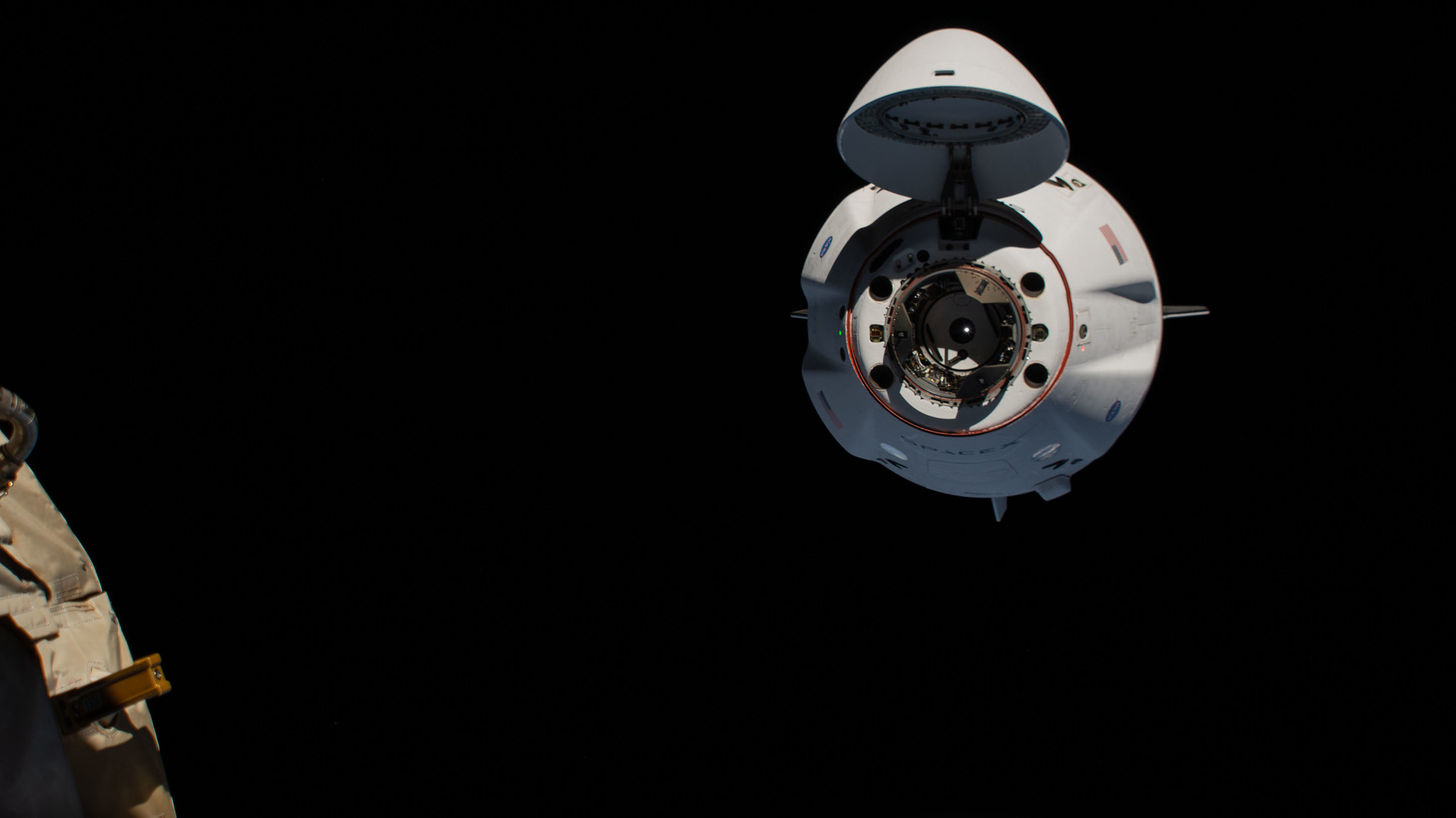
NASA managers at Kennedy Space Center gave the go-ahead Monday to continue preparations for a Halloween launch of four astronauts to the International Space Station, pending more analysis of a modification to the toilet system on the crew’s SpaceX-owned capsule.
“We at the commercial crew program have a little bit of work to do with SpaceX leading forward to flight,” said Steve Stich, NASA’s commercial crew program manager, in a press briefing Monday night.
NASA engineers want more time analyzing information from SpaceX on a modification to the Crew Dragon spacecraft’s toilet system after running into a problem with the unit on the most recent Dragon crew flight, the all-civilian Inspiration4 mission.
Bill Gerstenmaier, SpaceX’s vice president of build and flight reliability, said he believes the two unresolved technical concerns have a “good path to closure” in time for launch of the next Crew Dragon flight to the space station, known as Crew-3, set for 2:21 a.m. EDT (0621 GMT) Sunday.
The mission is SpaceX’s third operational crew rotation flight to the station under contract to NASA, and fifth astronaut flight overall using a Crew Dragon capsule. Commander Raja Chari, pilot Tom Marshburn, mission specialist Kayla Barron, and European Space Agency astronaut Matthias Maurer will fly to Kennedy Space Center Tuesday from their home base in Houston for final pre-launch preparations.
Assuming an on-time launch Sunday, Chari and his crewmates will ride their SpaceX transport ship to an automated docking with the space station at 12:10 a.m. EDT (0410 GMT) Monday, Nov. 1. They will remain at the station until April, when the next SpaceX crew rotation fight is scheduled for launch.
One of the technical issues still under discussion involves NASA’s final sign-off on SpaceX’s change to the toilet system on the spacecraft for the Crew-3 mission set to launch this weekend. The other is the toilet on the Crew Dragon capsule currently docked at the space station, which is supposed to return to Earth on Nov. 4 or 5 with four astronauts wrapping up a six-month expedition in orbit.

NASA and SpaceX officials met Monday for a Flight Readiness Review to discuss the status of the next Crew Dragon spacecraft, a brand new capsule named Crew Dragon Endurance, along with its Falcon 9 launcher, ground systems, the space station, and the training of the four astronauts who will ride the spacecraft into orbit.
The officials also reviewed the readiness of the Crew-2 mission’s Crew Dragon Endeavour spacecraft due to come back to Earth next week.
“All parties were ‘go’ today, obviously with the understanding that we need to finish up those two open areas for test and assessment,” said Kathy Lueders, NASA’s associate administrator for space operations. “The Flight Readiness Review is one step in a final set of major steps for us to get ready for flight.”
Preparations for the Crew-3 launch continued in Florida Monday. Over the weekend, SpaceX transferred the fully fueled Crew Dragon Endurance spacecraft from a processing facility at Cape Canaveral Space Force Station to the Falcon 9 rocket integration hangar at Kennedy Space Center.
SpaceX plans to roll the integrated Falcon 9 rocket and Crew Dragon Endurance spacecraft to pad 39A Tuesday night. A test-firing of the Falcon 9’s recycled first stage booster is planned Wednesday night.
Engineers will present fresh data on the toilet system and other elements of the mission to management during a Launch Readiness Review on Friday.
The Inspiration4 flight launched Sept. 15 from Kennedy Space Center and returned to a safe splashdown in the Atlantic Ocean three days later. It was the first all-commercial crewed trip into orbit without any major involvement from a government entity.
The only glitch on the three-day mission was a malfunction in the toilet system on SpaceX’s Crew Dragon Resilience spacecraft. Bill Gerstenmaier, SpaceX’s vice president of build and flight reliability, said a tube inside the spacecraft’s urine storage system became disconnected during the Inspiration4 mission.
“There’s a storage tank where the urine goes to be stored in the vehicle, and inside that storage tank, there’s a tube that came unconnected or came unglued, and it allowed urine, essentially, to not go into the storage tank but, essentially, to go into the fan system,” Gerstenmaier said.
He said the problem didn’t cause any major problems on the Inspiration4 mission.

“When we got the vehicle back, we looked under the floor and we saw the fact that there was contamination underneath the floor of Inspiration4,” Gerstenmaier said. “We then thought maybe there would be a similar type of problem on the crew vehicle on orbit, Crew-2. So we went ahead and looked on the vehicle on Crew-2, and yes, there was some indication of some contamination under the floor.”
Astronauts used a borescope device to inspect the waste management system on Crew Dragon Endeavour at the space station. Ground teams want to make sure there’s no safety issue with returning the Crew-2 astronauts to Earth next week, and officials previously said they would tell the crew to limit their use of the Dragon toilet during their time in the spacecraft from undocking until splashdown.
“For Crew-3, we’ve fixed this problem in the tank by essentially making it an all-welded structure with no longer a joint in there that can come unglued and become disconnected,” said Gerstenmaier, a widely-respected longtime engineer and manager at NASA before joining SpaceX.
SpaceX provided data on the design change to NASA engineers, who is still assessing the modification.
For the Crew Dragon capsule already in space, NASA and SpaceX engineers are assessing how the urine leak might lead to corrosion over time. SpaceX uses a material called Oxone to remove ammonia from urine.
“We did extensive tests where we took aluminum samples, and we placed Oxone-urine mixture on them, and then we put them in a chamber that mimics the humidity and temperature conditions on-board space station, and we looked at the corrosion growth over an extended period of time,” Gerstenmaier said. “And we see that that corrosion growth limits itself in the low humidity environment aboard station, and then the corrosion level is understood on the Crew-2 capsule.”
The toilet on the Crew Dragon Endeavour spacecraft at the space station has also seen less use than the waste system on the three-day Inspiration4 mission. The astronauts on the Crew-2 mission only used the Dragon system during their day-long trip to the space station.
“There was a little more extensive contamination on Inspiration4 than there is on Crew-2, so we understand that essentially inspiration4 is a bounding case, in some sense, for us moving forward,” Gerstenmaier said. “We’ve done all the analysis, we’ve done the physical testing, we’ve done sample testing of the aluminum, and luckily we chose, on purpose, an aluminum alloy that is very insensitive to corrosion, so we’re in pretty good shape from an overall perspective.
“We’ll go double check things, we’ll triple check some things,” Gerstenmaier said. “We’ve got a couple more samples we’ll pull out of the chambers and inspect, but we’ll be ready to go and make sure the crew is safe to return.”

Engineers reviewed similar joints throughout the Crew Dragon spacecraft to ensure there wasn’t another component at risk of becoming unglued in flight, according to Gerstenmaier.
“We challenge ourselves … don’t just focus on the immediate problem or just fix that problem,” he said. “But look beyond that problem, and how could there be an under underlying root cause, or a fundamental issue, that has broader implications that can help us all fly safe.”
SpaceX also added some stitching to the drogue parachutes on the Crew Dragon Endurance spacecraft after engineers discovered a “little abrasion item” on the chutes used on the Inspiration4 mission.
“We saw that happened, We inspected it post-flight. We learned that there’s some stitching that could be enhanced,” Stich said. “We went on the vehicle on Crew-3, the technician went in and stitched this up and added some protection there, and NASA watched that.”
Some might call the extra scrutiny paranoia, but Gerstenmaier said Monday he prefers to use the term “stay hungry.”
“What we’re looking for is tiny clues or tiny, tiny imperfections that somebody might look at a plot and and wonder why did that temperature go up here, or this pressure change here,” Stich said. “So you really just try to dig into all those sorts of things and try to understand those, and then improve things and fly safely.
“That’s the culture that I think SpaceX has, in terms of a learning culture, an engineering culture, or test culture that NASA has also had in the past, and we embrace it. Same thing on our side. We have engineers that dig into problems and look at the system and make sure that we can continue to fly safely.”
Email the author.
Follow Stephen Clark on Twitter: @StephenClark1.
